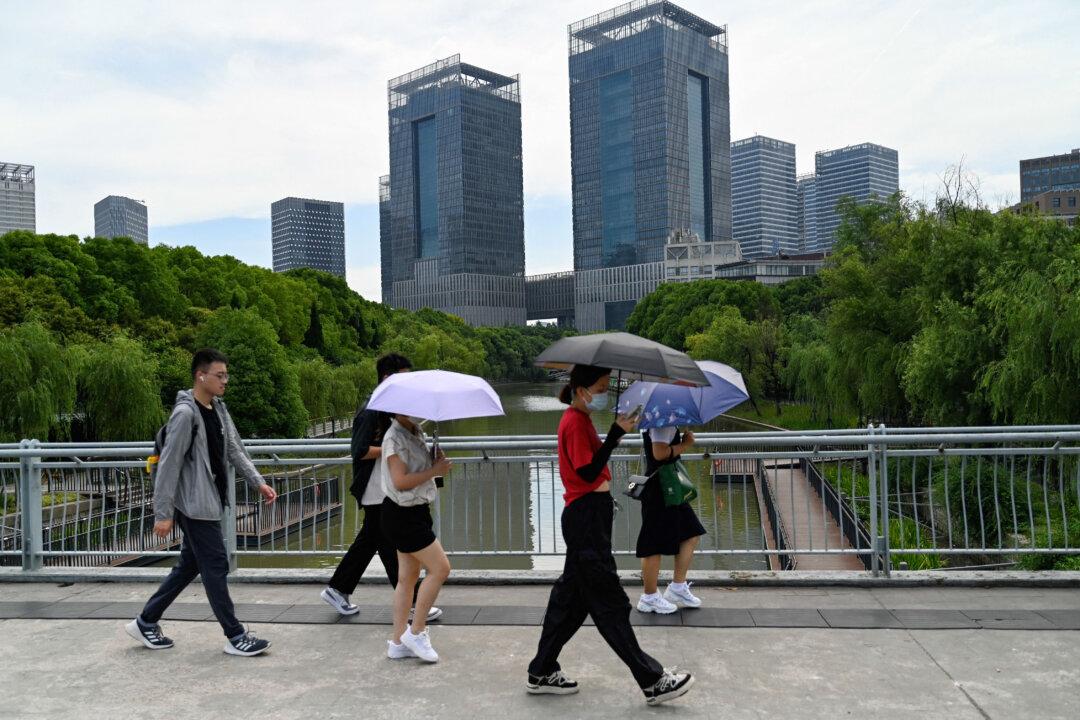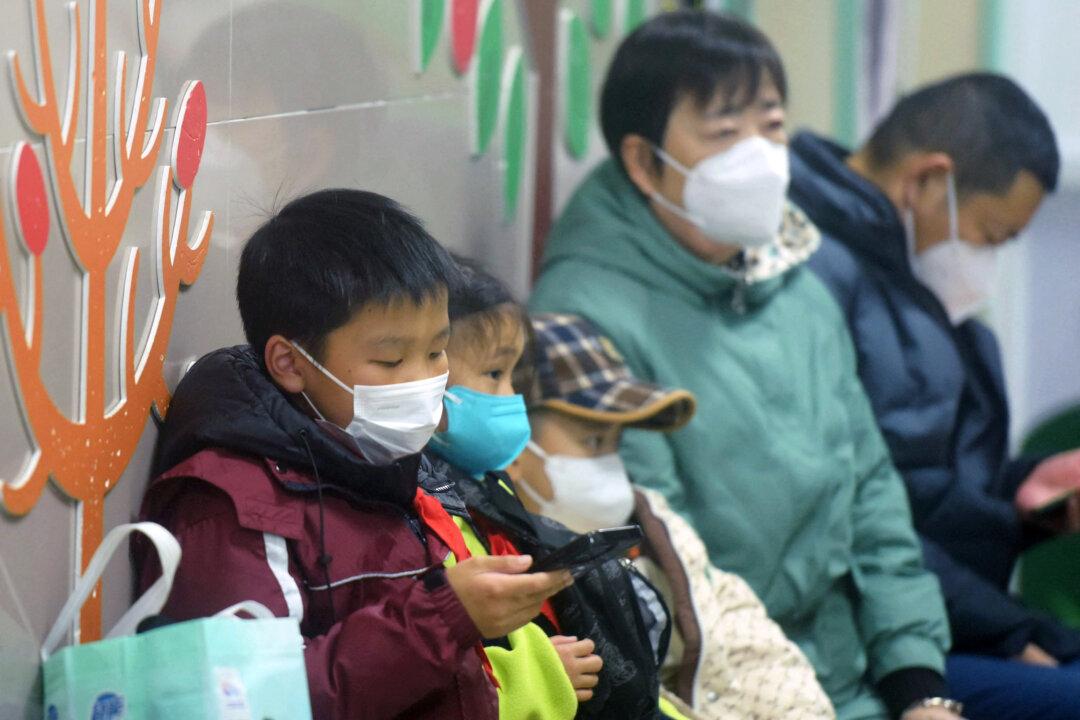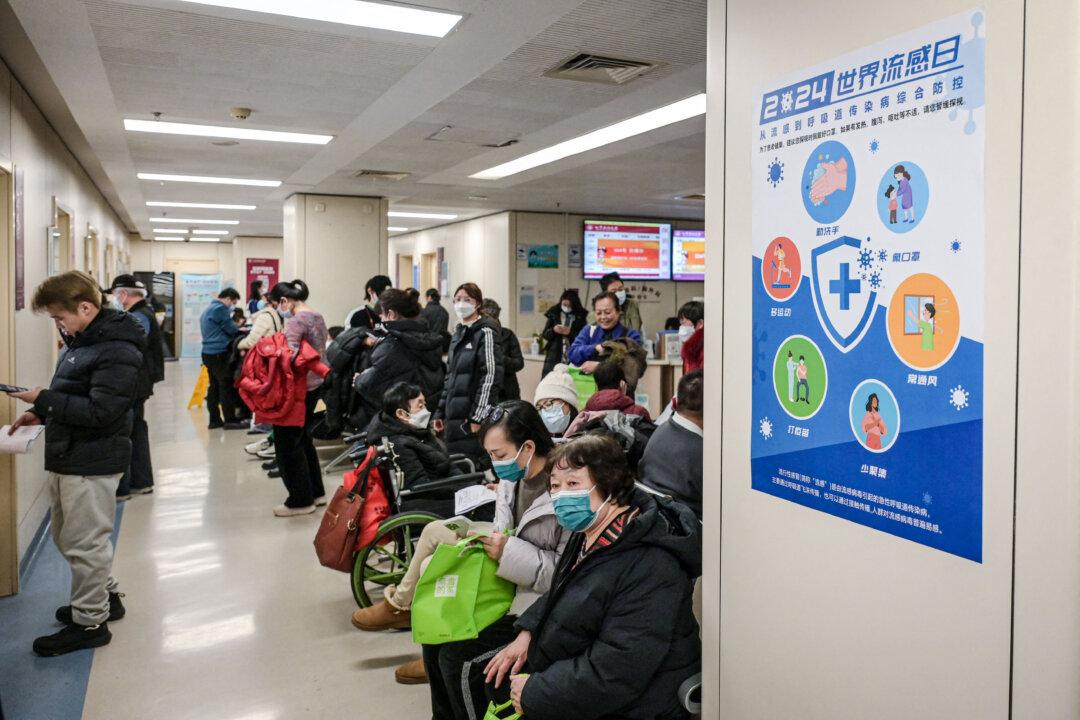China’s producer price index (PPI) has continued to fall for 21 months, according to the latest data released by the Chinese communist regime’s National Bureau of Statistics (NBS) in June, while the consumer price index (CPI) was at a 3-month low.
Economist Davy J. Wong and China observer Wang He say the data show that the risk of deflation in China has continued. Deflation signals economic contraction and recession as lower prices and weak consumer demand lead to less revenue for producers, production overcapacity, and higher unemployment.
According to the NBS data publicized on July 10, the PPI in June fell by 0.8 percent from the same period last year, marking the 21st consecutive month of negative growth. Although the decline was slower than the 1.4 percent decline in May and was the same as expected, observers pointed out that is due to a lower base for comparison last year.
Food prices fell by 2.1 percent year over year in June, compared with a 2 percent drop in May. Notably, fresh vegetable prices fell by 7.3 percent, while the month of May saw a 2.3 percent increase. The decline in fresh fruit prices widened to 8.7 percent from 6.7 percent in May. Beef prices fell by 13.4 percent year over year, as the latest data show.
The data also show that the decline in gasoline prices accelerated to 6 percent in June from 5.2 percent in the previous month, and the price decline in electric vehicles dropped by 7.4 percent from 6.9 percent in May.
Mr. Wang told The Epoch Times on June 11 that as the latest data have shown, “judging from both PPI and CPI, the entire Chinese economy has exhibited signs of deflation.”
“Ordinary people ... do not want to consume, which leads to the low demand of the entire society. If China’s entire economy is sluggish, then Chinese companies’ overcapacity will become even more serious, and they will continue to seek dumping abroad and selling their products at low prices,” he said.
Mr. Wong pointed out that the sluggish CPI proves that deflation has been clearly felt.
“It proves that residents’ consumption power is declining. The negative growth of PPI for 21 consecutive months proves that the overall economic activity is sluggish, and business activities and production orders are decreasing,” he said.
Signs of Deflation
Although the ruling Chinese Communist Party (CCP) authorities have taken various intervention measures, fundamental factors such as the long-term downturn in the housing market and lasting high unemployment rate have continued to weaken consumer confidence and activities, which has led to weak domestic demand and a sluggish Chinese economy.Mr. Wong shares the same assessment. He said that China’s CPI is not only sluggish but also experiencing a certain degree of deflation, “which proves the declining consumption power of Chinese citizens and the decline in economic activities and social profitability.”
Regarding the decline in PPI for 21 consecutive months, Mr. Wong said: “It can be said that after the CCP 3-year ‘zero-COVID’ policy was lifted, the entire economy did not have the expected rebound and recovery. It’s still being affected by the three-year lockdowns. Under the impact of the COVID-19 policies and the Sino–U.S. trade war, the situation should be very negative and unfavorable.”

After the data was released, China stocks subdued and the yuan exchange rate fell to a nearly eight-month low.
“The long-term continuous decline in PPI is actually a manifestation of China’s economic difficulties. The total value of China’s manufacturing industry in its GDP is about 28 percent,” Mr. Wang said. “Once it collapses, it will have a great impact on the entire Chinese economy, because manufacturing mainly solves the employment problem.
“We have seen that the PPI has declined for 21 consecutive months, which is the industrial sector. We have also seen another background, that is international trade. Recently, Europe and the United States have accused China of dumping practices and overcapacity. At the same time, we have seen that Beijing is subsidizing three new energy products, namely batteries, electric vehicles, and wind power generation. Even with increased subsidies for these industries, PPI is actually still declining. That is equivalent to saying that while dumping through exports, the production orders are actually being lost.
“Domestic consumption power is severely shrinking, which has led to a reduction in orders. In terms of exports, even in the case of dumping and large-scale exports, the PPI is still declining, which means that high value-added orders continue to decrease.
“The current decline in consumption power is more serious than the increase in overcapacity. leading to a decline in PPI.”





